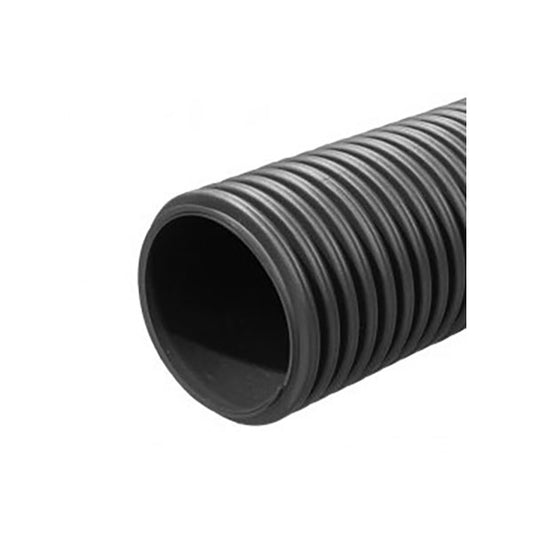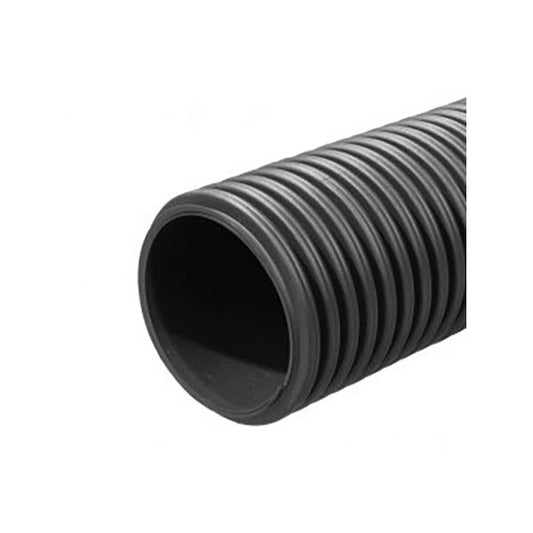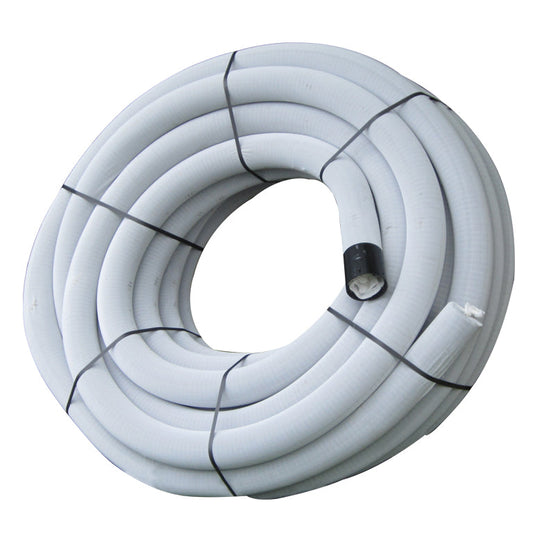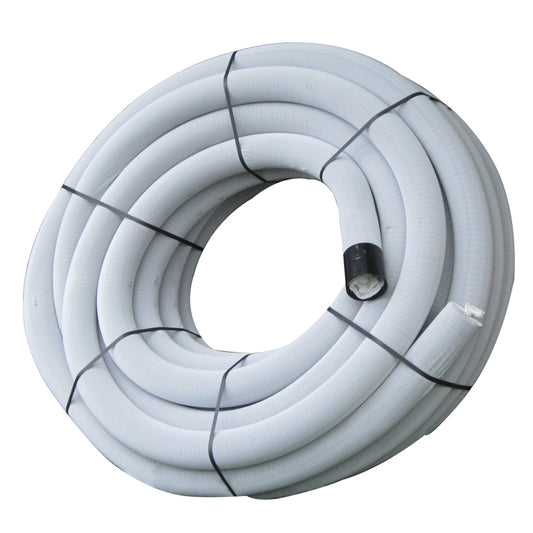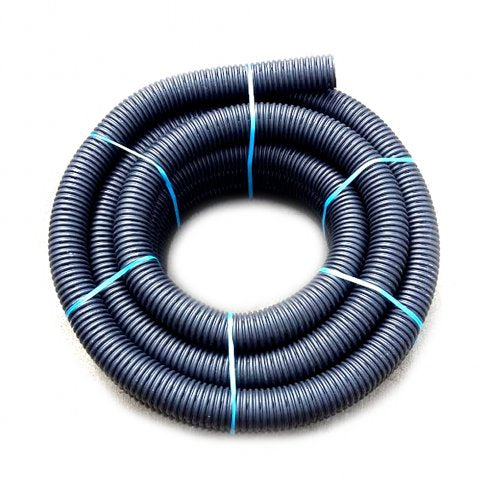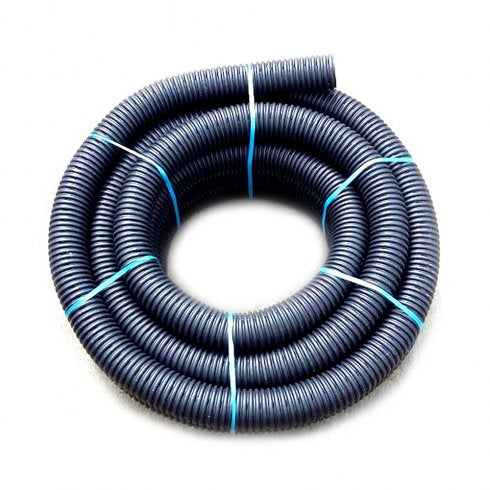Having a good ditch maintenance strategy is vital to help prevent future flooding problems on farmland whilst also protecting wildlife. Here is our guide to maintain ditches:
Contents
Why are ditches important?
Ditches play an important role on farms as part of its drainage network. Land drainage systems are designed to flow into these watercourses and efficient drainage is essential to productive farming. They prevent surrounding arable land from becoming wet, helping to improve the structure of the soil to enable better yields. To operate efficiently, drainage water must flow freely down a gradient to carry the water away from fields.
What maintenance is required for a natural watercourse compared to an artificial ditch?
How much maintenance will depend upon how quickly silt and tree debris is built up in a ditch and their actual drainage function. For example, artificial ditches are created by farms to support their drainage network. These ditches will require much more regular maintenance than natural watercourses to enable them to function efficiently and to maintain their wildlife interest.
When should maintenance be carried out?
The best time to undertake ditch maintenance work is in the autumn and winter months, as this will limit the impact on wildlife. It is also a quieter period for farms, enabling them to dedicate more time to this task.
What sort of maintenance is required?
Periodic cutting or clearing in artificial ditches is recommended as it can help avoid the need for drastic work in future years as well as help maintain a diverse range of conditions for wildlife. Problems arise when ditches are not maintained and then when drains start backing up, farms can react by cleaning out or reprofiling their ditches in the hope that it will improve the efficiency of their drains. But such reactive and insensitive deepening and widening of banks can, unfortunately, lead to damage to wildlife.
To protect wildlife, Defra recommends that dredging is only carried out as required rather than as an annual (often unnecessary) maintenance operation. An infrequent job well done is as effective as annual dredging, and will save you considerable money.
They also recommend that ditches are maintained on a rotational basis leaving 30-50% of vegetation undisturbed, working short sections on alternate banks to minimise damage, maintain continuity and leave undisturbed areas as a source for recolonisation. Rotational clearing of only part of ditches on a less regular basis will also encourage settling out of sediments and recycling of nutrients through uptake by stream vegetation such as reeds and rushes.
It is also important to maintain drain outflows and the watercourses or ditches these flow into. These can become blocked with tree debris and silt build-up so it is important they are regularly clearer.
Below is a video of Dave Jones from Hatton Bank Farm demonstrating how to clear a drainage ditch of debris and how to excavate it with a digger.
How can we help?
At Cotterill Civils, we supply a wide range of land drainage products, including land drainage pipe, twinwall pipe, culvert pipe and headwalls.
Our team of specialists can provide you with expert advice on the best product for your application. Call us today on 0121 351 3230.
Alternatively, fill out our enquiry form:






